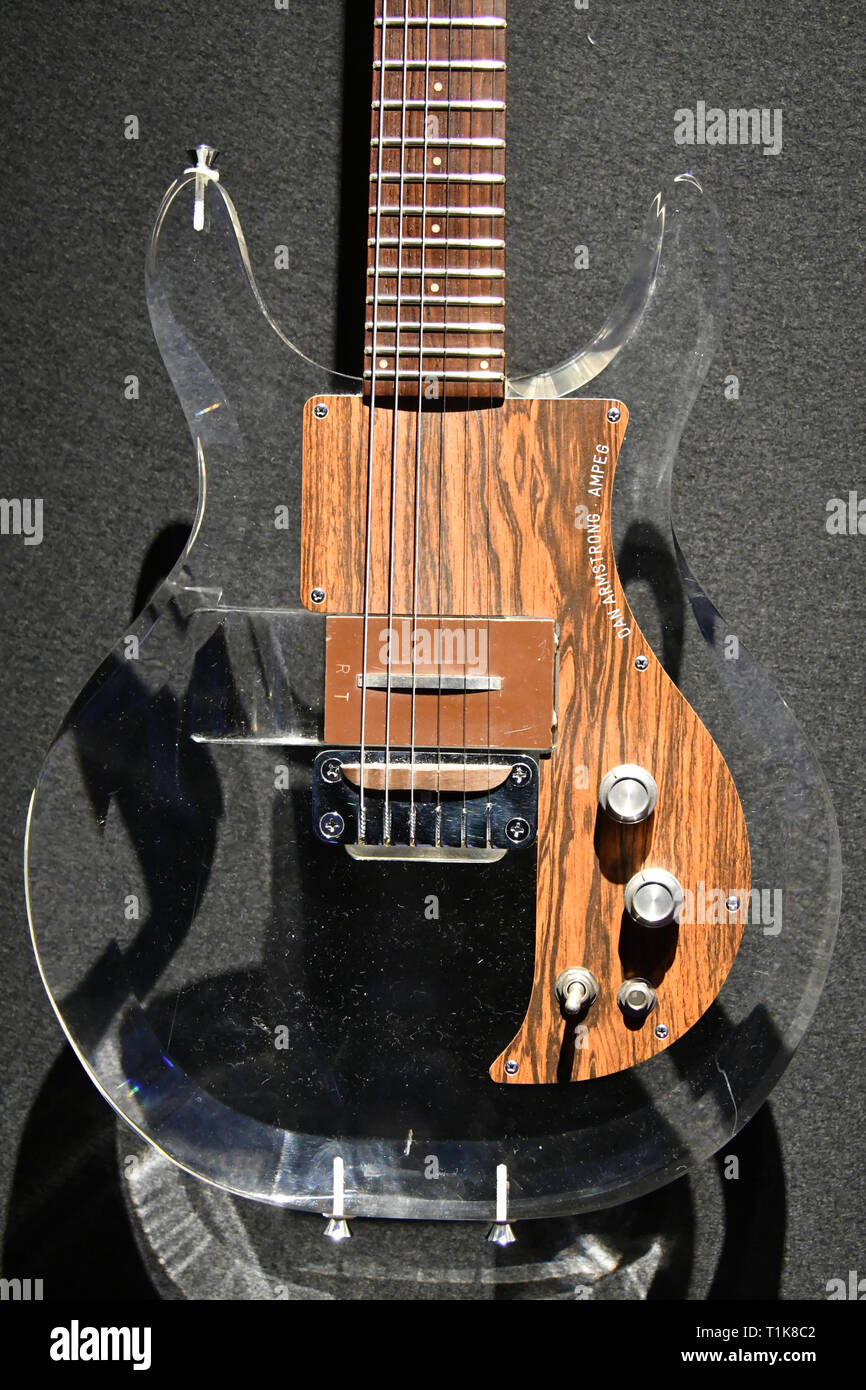

Stream tough guy by BENEE from desktop or your mobile device.Gregg Hopkins and Bill Moore, Ampeg: The Story Behind the Sound, Milwaukee, Hal Leonard, 1999.Tony Bacon, Dave Burrluck, Paul Day, and Michael Wright, Electric Guitars: The Illustrated Encyclopedia, Thunder Bay Press, 2006.Tony Bacon, The Ultimate Guitar Book, New York, Alfred A.In 2010, in relation to a suggestion that David Geffen was the subject of "You're So Vain", Simon stated that when she released the song she had not yet met Geffen. He is the subject of the song "Dan My Fling" from her 1971 debut album and has been reported by some to be the subject (or one of the subjects) of her 1972 song " You're So Vain". John Frusciante of Red Hot Chili Peppers in Dani California MVĬarly Simon had a personal relationship with Armstrong until around 1971.Matt Destruction (Bassist) of The Hives, only in the video "Go Right Ahead Live broadcast from RMV" Steve "Stevenson" Borek and Mike Neider (guitarists) of Bl'ast (band).Stephen Egerton (guitarist) of Descendents (band) & ALL (band).Scott Hill, Bob Balch and Brad Davis of Fu Manchu.Matthew Bellamy of Muse, only in the Supermassive Black Hole music video.Joe Perry of Aerosmith (with an A bass string where the low E string goes with an Open A tuning for sliding which he uses for "Draw the Line").Rick Richards of The Georgia Satellites and Izzy Stradlin and the Ju Ju Hounds.Ronnie Wood of Faces and The Rolling Stones.Randy Rhoads of Quiet Riot (owned by Kevin DuBrow).Paul McCartney of The Beatles (owns the only left-handed Dan Armstrong guitar).Greg Ginn of Black Flag (Played a Dan Armstrong almost exclusively during Black Flag).Lou Reed of Velvet Underground, during solo period 1974-1976.Randy Jo Hobbs of Johnny Winter and The McCoys and Montrose Played the Dan Armstrong Bass in 1970.
#Dan armstrong bass for sale license
Īrmstrong effects boxes continue to be made under license from his son, Kent Armstrong, who is also a maker of guitar pickups. After suffering from emphysema for many years, Armstrong died from a combination stroke and heart attack in Los Angeles on June 8, 2004. The couple returned to England, where they lived in Ashford, Kent, in the late 1990s, but again moved back to America after several years. Armstrong also developed a line of pickups for Schecter Guitar Research, a new amplifier for Fender. A licensing and manufacturing agreement was reached with Musitronics to re-release the effects boxes. In 1977 Armstrong and his wife, Vicki O'Casey, moved back to the United States. Armstrong also marketed a line of tube guitar and bass amplifiers and effects boxes, the Blue Clipper, Yellow Humper, Red Ranger, Purple Peaker, Green Ringer and Orange Squeezer.

The Dan Armstrong London instruments were made of solid Honduran mahogany with sliding low impedance pickups, available as a six string guitar, and short-scale and long-scale basses. Īrmstrong moved to London in the early 1970s where he developed a new line of electric instruments, amplifiers and effects boxes. A second reissue of the Dan Armstrong guitar was launched in 2006. There was a reissue, made in Japan, in 1998, where the reissue was compared to the 1968 original, as being identical. The guitars had long sustain caused by the solid Plexiglas body, though that material made for a heavy guitar-around 10 lbs. These guitars had interchangeable pickups designed by Bill Lawrence who shared the Greenwich Village shop with Armstrong, and eventually took it over when Armstrong moved to London. He designed a new line of guitars and basses that were constructed of clear Plexiglas. In 1968 the Ampeg Company of Linden, New Jersey hired Armstrong as a consultant to improve their Grammer line of guitars. The building was razed in 1968 to make room for 30 Rockefeller Plaza, and Armstrong relocated his shop, renamed 'Dan Armstrong Guitars', to 500 Laguardia Place in Greenwich Village. In 1965 he opened his own guitar repair shop, 'Dan Armstrong's Guitar Service', on West 48th Street. He started playing the guitar at age 11, and moved to New York in the early 1960s in order to work as a studio musician and guitar repairman. Dan Armstrong Ampeg era "see-through" guitar, in the Phoenix Musical Instrument Museum.Īrmstrong was born in Pittsburgh, Pennsylvania.


 0 kommentar(er)
0 kommentar(er)
